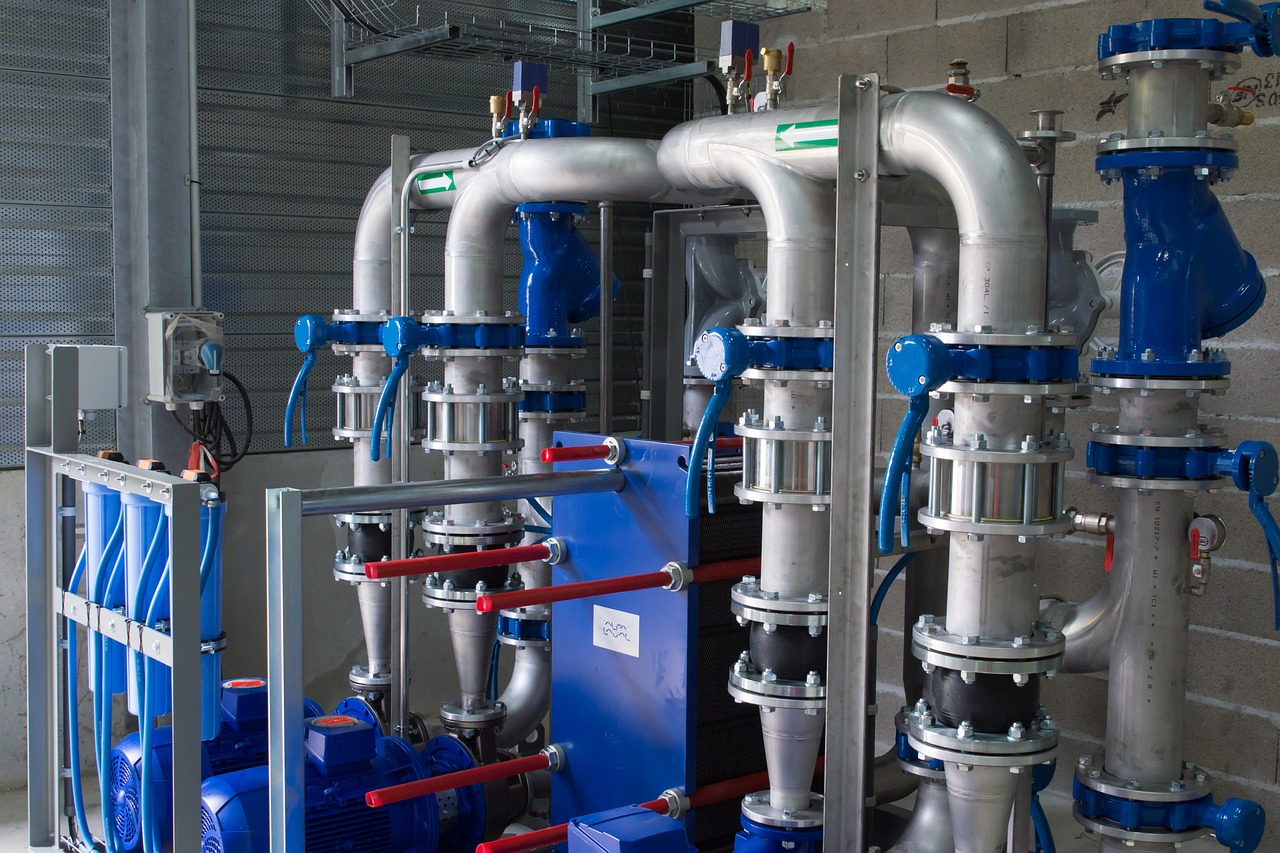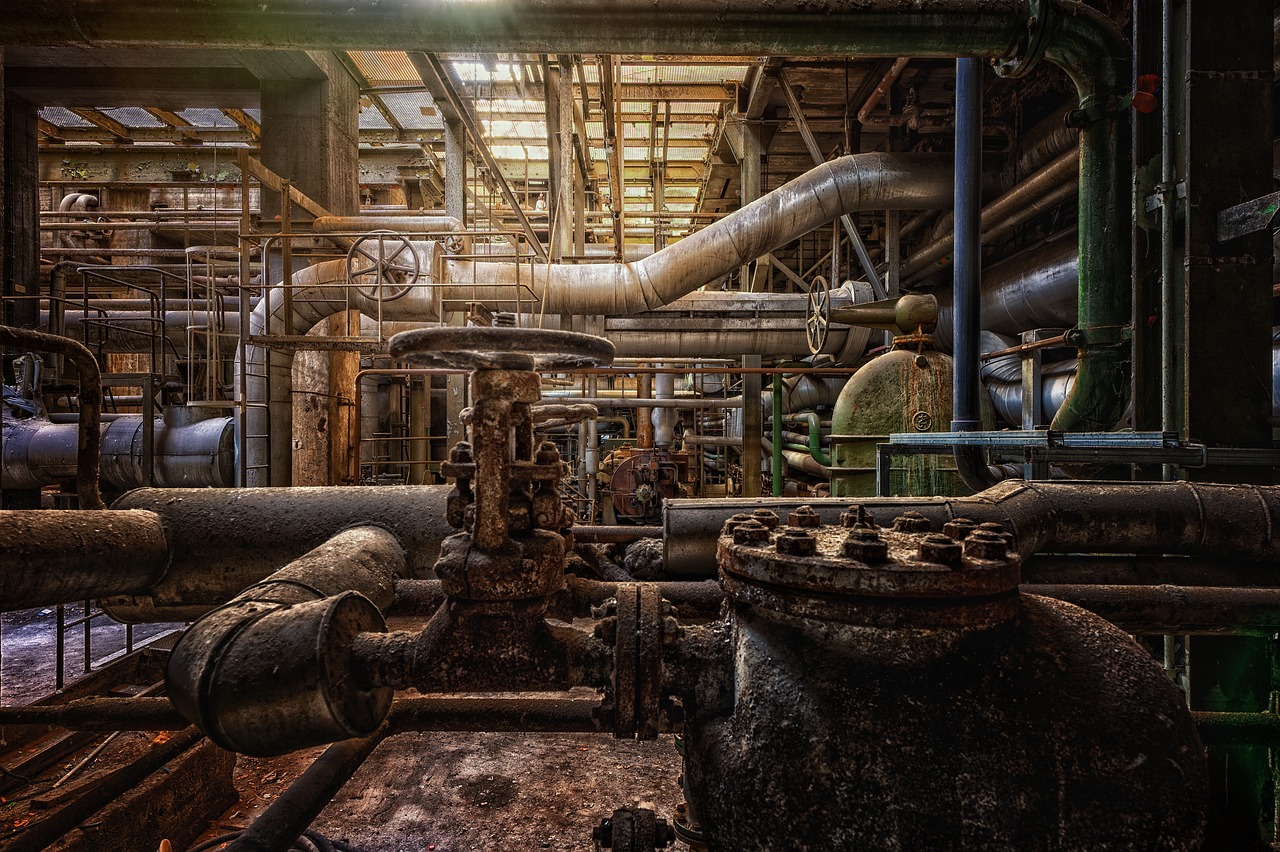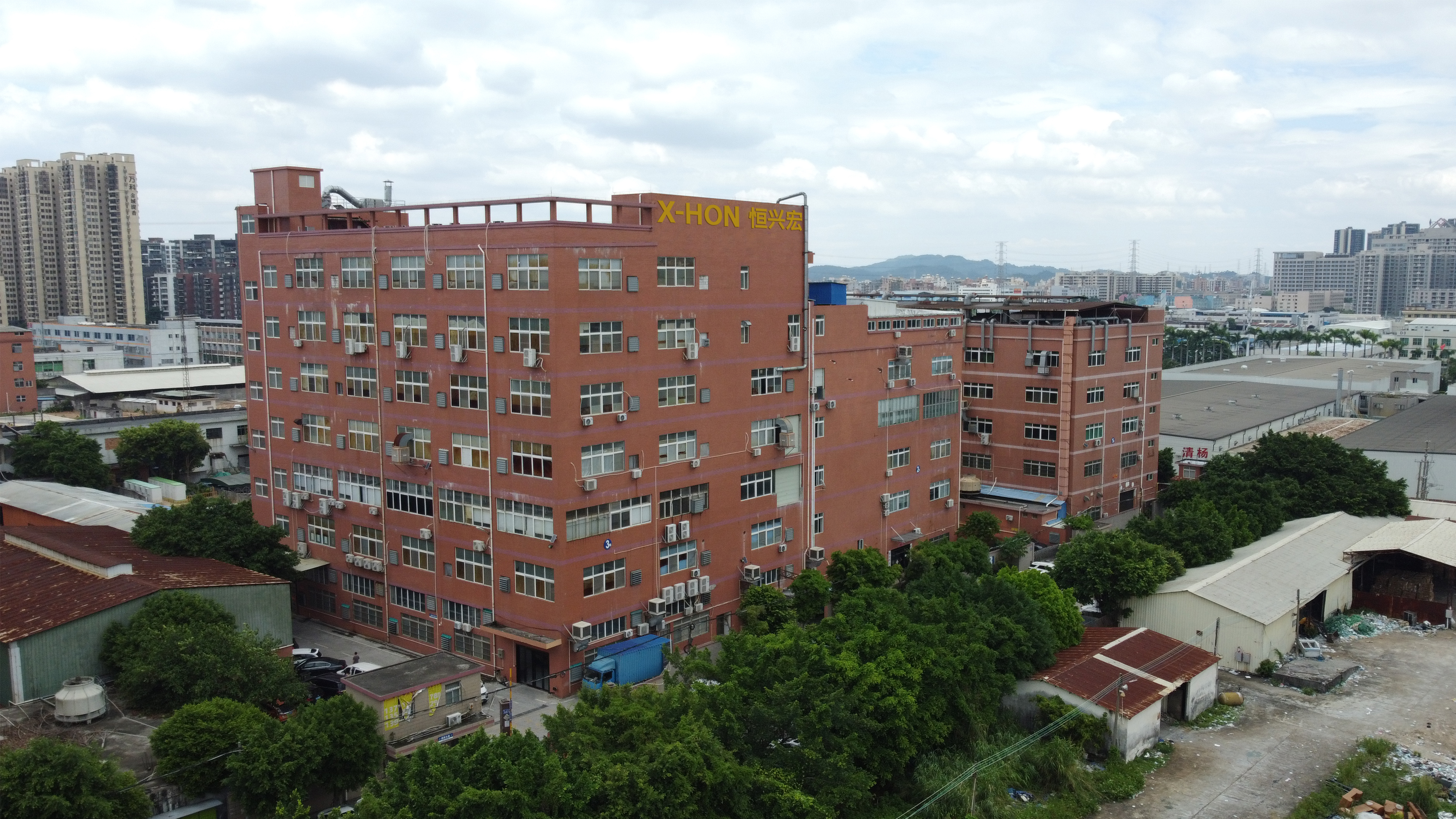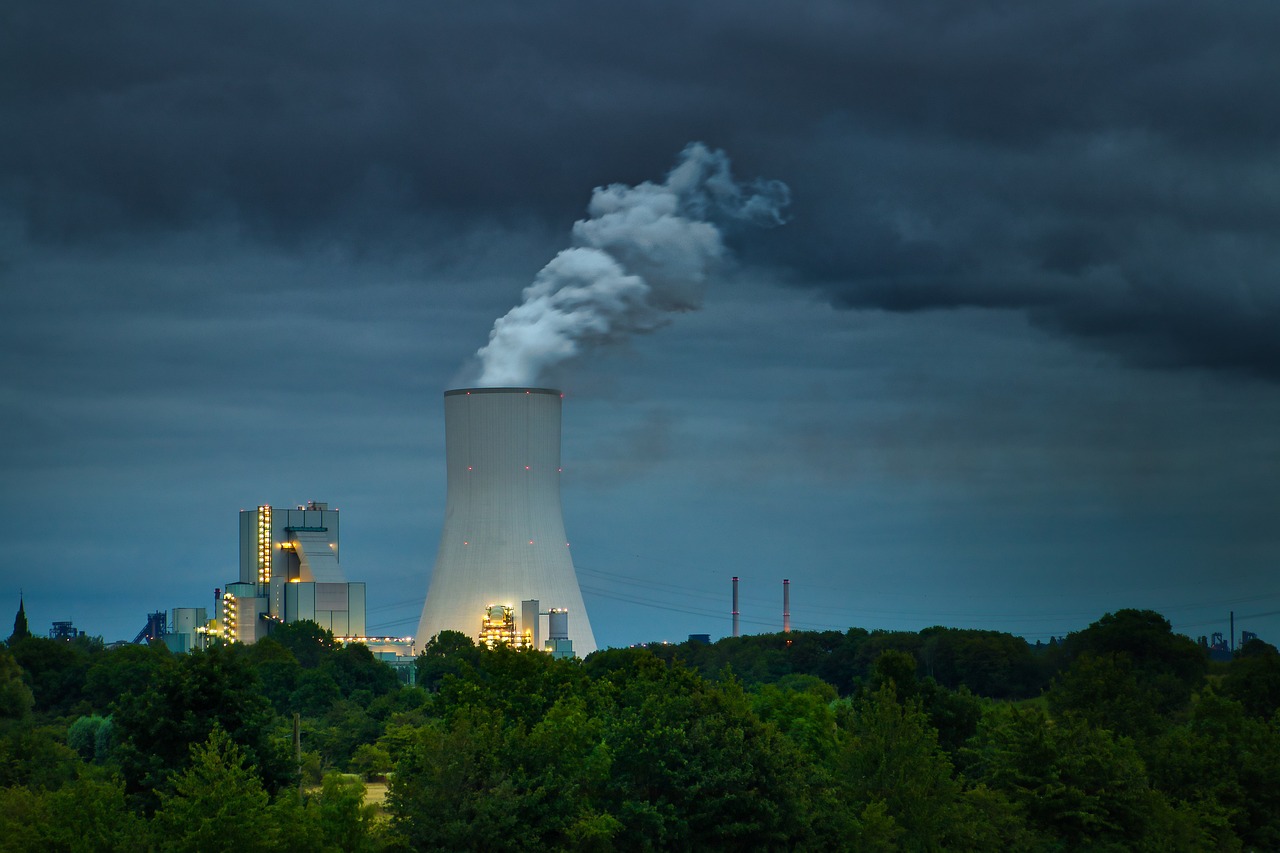How Heat Exchangers Function in Everyday Use

Heat exchangers play a crucial role in everyday life. These devices transfer heat between fluids, optimizing energy use. Industries like chemicals, HVAC, and food processing rely on them for efficiency. The U.S. market for heat exchangers is projected to reach USD 4.61 billion by 2032, driven by the need for energy conservation and reduced emissions.
What Are Heat Exchangers?
Heat exchangers serve as essential components in various systems by transferring heat between fluids. These devices enhance energy efficiency and reduce emissions. Understanding how heat exchangers work and their importance can provide valuable insights into their applications.
How Do Heat Exchangers Work?
Basic Principles of Heat Transfer
Heat exchangers operate based on the principles of heat transfer. Fluids flow through the exchanger, allowing heat to move from a hot fluid to a cooler one. This process occurs without mixing the fluids. The design ensures efficient heat exchange by maintaining a barrier between the fluids.
Types of Heat Exchangers
Different types of heat exchangers exist to suit various applications. Each type uses specific techniques to facilitate heat transfer. Common designs include shell and tube, plate, and air-cooled exchangers. Each design offers unique benefits for specific needs.
Key Components
Key components of heat exchangers include tubes, plates, and fins. These elements facilitate the movement of heat between fluids. The materials used in these components affect the efficiency and durability of the heat exchanger.
Why Are Heat Exchangers Important?
Energy Efficiency
Heat exchangers improve energy efficiency by recovering waste heat. This recovery reduces the need for additional energy sources. Efficient energy use leads to lower operational costs.
Environmental Impact
The use of heat exchangers contributes to environmental protection. By reducing emissions, these devices support sustainability efforts. Lower emissions result in a reduced carbon footprint.
Cost Savings
Cost savings arise from the efficient operation of heat exchangers. Reduced energy consumption lowers utility bills. Maintenance costs decrease due to the durability of well-designed exchangers.
What Are the Common Types of Heat Exchangers?
Shell and Tube
Shell and tube heat exchangers consist of a series of tubes enclosed within a shell. One fluid flows through the tubes while another flows around them. This design is common in industrial applications due to its robustness.
Plate
Plate heat exchangers use thin plates to separate the fluids. The design allows for efficient heat transfer in a compact form. These exchangers are often used in HVAC systems and refrigeration.
Air Cooled
Air-cooled heat exchangers rely on air to dissipate heat. Fans blow air over the exchanger's surface to cool the fluid inside. This type is suitable for environments where water is scarce.
How Are Heat Exchangers Used in Homes?

What Role Do They Play in HVAC Systems?
Heat exchangers serve a critical function in HVAC systems. These devices facilitate the transfer of thermal energy between fluids. This process maintains desired temperature levels within homes.
Heating Applications
In heating applications, heat exchangers transfer heat from one fluid to another. This action warms the air inside your home. The efficient transfer of heat reduces energy consumption.
Cooling Applications
For cooling applications, heat exchangers remove heat from indoor air. This process cools the air and maintains comfortable temperatures. Efficient cooling leads to lower energy bills.
Ventilation
Ventilation systems also rely on heat exchangers. These systems transfer heat between incoming and outgoing air streams. This exchange improves indoor air quality and conserves energy.
How Do They Function in Water Heaters?
Water heaters use heat exchangers to warm water efficiently. These systems provide hot water for various household needs.
Instantaneous Water Heating
Instantaneous water heaters use heat exchangers for on-demand heating. These systems heat water as it flows through the exchanger. This method eliminates the need for a storage tank.
Storage Water Heating
Storage water heaters incorporate heat exchangers to maintain water temperature. These systems store hot water for later use. The design ensures a steady supply of hot water.
Energy Efficiency
The use of heat exchangers in water heaters enhances energy efficiency. These systems reduce energy wastage by optimizing heat transfer. Efficient water heating lowers utility costs.
Are They Used in Kitchen Appliances?
Kitchen appliances also benefit from heat exchangers. These devices improve the performance and efficiency of various appliances.
Refrigerators
Refrigerators use heat exchangers to remove heat from the interior. This process keeps food and beverages cold. Efficient heat removal reduces energy consumption.
Ovens
Ovens utilize heat exchangers to distribute heat evenly. This action ensures consistent cooking results. Even heat distribution enhances cooking efficiency.
Dishwashers
Dishwashers incorporate heat exchangers to heat water. This process improves cleaning performance. Efficient water heating reduces energy usage.
How Are Heat Exchangers Utilized in Industry?
What Is Their Role in Power Plants?
Heat exchangers play a vital role in power plants. These devices manage heat transfer efficiently.
Steam Generation
Power plants use heat exchangers for steam generation. Boilers rely on these devices to transfer heat from combustion gases to water. This process creates steam to drive turbines.
Condensation
Condensers in power plants utilize heat exchangers. These systems cool steam back into water. This cycle allows for continuous operation and energy efficiency.
Waste Heat Recovery
Heat exchangers recover waste heat in power plants. This recovery reduces energy loss. Recovered heat can be used for additional power generation or heating.
How Do They Benefit the Chemical Industry?
The chemical industry depends on heat exchangers for various processes. Efficient heat management enhances productivity and safety.
Process Heating
Chemical processes often require precise heating. Heat exchangers provide controlled heat transfer. This precision supports reaction efficiency and product quality.
Cooling and Condensation
Cooling is essential in chemical manufacturing. Heat exchangers remove excess heat from reactions. Condensers use these devices to cool vapors back into liquids.
Safety and Efficiency
Safety is paramount in chemical plants. Heat exchangers maintain safe temperatures. Efficient heat management prevents overheating and potential hazards.
Are They Used in Automotive Applications?
Automotive industries utilize heat exchangers for multiple functions. These devices enhance vehicle performance and comfort.
Engine Cooling
Engines generate significant heat. Radiators use heat exchangers to dissipate this heat. Effective cooling prevents engine overheating and damage.
Air Conditioning
Vehicle air conditioning systems rely on heat exchangers. These devices transfer heat from the cabin to the outside. Passengers enjoy a comfortable environment.
Exhaust Heat Recovery
Exhaust systems use heat exchangers for heat recovery. Recovered heat improves fuel efficiency. This process reduces emissions and enhances sustainability.
What Are the Advantages of Using Heat Exchangers?
How Do Heat Exchangers Improve Energy Efficiency?
Reduced Energy Consumption
Heat exchangers significantly reduce energy consumption. These devices capture and utilize waste heat. This process minimizes the need for additional energy input.
Lower Operational Costs
Operational costs decrease with efficient heat exchangers. Businesses save money by using less energy. This efficiency leads to financial benefits over time.
Enhanced Performance
Enhanced performance results from effective heat transfer. Systems operate more smoothly with optimized energy use. Improved performance supports productivity and reliability.

What Are the Environmental Benefits?
Reduced Emissions
Heat exchangers contribute to reduced emissions. Efficient energy use lowers greenhouse gas outputs. This reduction supports environmental sustainability.
Sustainable Practices
Sustainable practices benefit from heat exchangers. These devices integrate well with renewable energy sources. Cleaner operations result from this integration.
Resource Conservation
Resource conservation improves with heat exchangers. Less fuel usage means fewer natural resources consumed. This conservation supports long-term ecological balance.
How Do Heat Exchangers Enhance System Reliability?
Durability
Durability characterizes well-designed heat exchangers. Quality materials ensure long-lasting performance. Reliable systems reduce the need for frequent replacements.
Maintenance Requirements
Maintenance requirements decrease with robust heat exchangers. Regular inspections and cleanings keep systems running efficiently. Reduced maintenance needs save time and resources.
Longevity
Longevity defines efficient heat exchangers. Extended lifespan results from sturdy construction and proper care. Long-lasting equipment provides consistent service.
What Are the Challenges in Heat Exchanger Design?
How Do Material Choices Affect Performance?
Material selection plays a crucial role in heat exchanger performance. Corrosion resistance is essential for longevity. Corrosive environments can damage materials quickly. Engineers must choose materials that withstand these conditions.
Thermal conductivity impacts heat transfer efficiency. High thermal conductivity materials improve performance. Efficient heat transfer reduces energy consumption.
Cost considerations influence material choices. Budget constraints may limit options. Engineers balance performance with cost-effectiveness.
What Are the Limitations in Heat Transfer?
Temperature differences drive heat exchange. Small temperature differences reduce efficiency. Engineers design systems to maximize these differences.
Flow rates affect heat transfer capacity. Low flow rates decrease heat exchange. Systems must maintain optimal flow for efficiency.
Pressure drops can hinder performance. Excessive pressure drops increase energy use. Engineers minimize these drops for better efficiency.
How Do Engineers Overcome Design Challenges?
Innovative materials enhance heat exchanger design. New alloys resist corrosion and conduct heat well. These materials improve durability and efficiency.
Advanced technologies support design improvements. Computational modeling predicts performance accurately. Engineers use these tools to optimize designs.
X-HON is a seasoned manufacturer of cooling fans. Products serve diverse applications, including lighting, automotive coolers, and industrial equipment. Offerings include DC brushless fans, CPU cooling fans, and more. These fans ensure effective ventilation and cooling across various industries.
How Can Heat Exchangers Be Maintained?
What Are the Common Maintenance Practices?
Regular Inspections
Regular inspections ensure heat exchangers operate efficiently. Technicians check for wear and damage. Early detection prevents major issues.
Cleaning Procedures
Cleaning procedures remove debris and buildup. Clean surfaces improve heat transfer. Regular cleaning extends equipment life.
Component Replacements
Component replacements address worn parts. New parts restore functionality. Regular updates maintain performance.

How Do You Troubleshoot Common Issues?
Leak Detection
Leak detection identifies fluid loss. Technicians use specialized tools. Early repair prevents system failures.
Performance Testing
Performance testing evaluates efficiency. Tests measure heat transfer rates. Results guide maintenance decisions.
Repair Techniques
Repair techniques fix identified problems. Skilled technicians perform necessary repairs. Proper repairs ensure reliable operation.
What Are the Best Practices for Longevity?
Preventive Maintenance
Preventive maintenance schedules regular checks. Routine care prevents unexpected breakdowns. Consistent maintenance enhances durability.
Monitoring Systems
Monitoring systems track performance. Sensors provide real-time data. Continuous monitoring aids in proactive maintenance.
Professional Servicing
Professional servicing involves expert care. Trained professionals handle complex tasks. Expert attention ensures optimal performance.

What Are the Future Trends in Heat Exchanger Technology?
How Is Technology Evolving?
Smart Heat Exchangers
Smart heat exchangers use AI-driven optimization techniques. These systems learn and adjust over time. Enhanced performance and efficiency result from continuous adaptation.
Nanotechnology
Nanotechnology introduces new materials with superior properties. Improved thermal conductivity and corrosion resistance enhance heat transfer. This technology supports more efficient designs.
Energy Harvesting
Energy harvesting captures waste heat for reuse. This process reduces energy input needs. Greenhouse gas emissions decrease as a result.
What Are the Emerging Applications?
Renewable Energy Systems
Heat exchangers play a role in renewable energy systems. Solar and wind technologies benefit from efficient heat management. Energy conservation aligns with sustainable practices.

Advanced Manufacturing
Advanced manufacturing requires precise temperature control. Heat exchangers provide this control. Efficiency and safety improve in production processes.
Space Exploration
Space exploration demands reliable thermal management. Heat exchangers ensure equipment operates within safe temperature ranges. This reliability supports mission success.
How Will These Trends Impact Everyday Use?
Increased Efficiency
Increased efficiency results from innovative designs. Energy consumption decreases. Operational costs reduce for users.
Broader Applications
Broader applications emerge with technological advancements. Industries find new uses for heat exchangers. Versatility enhances system integration.
Enhanced Sustainability
Enhanced sustainability aligns with eco-friendly goals. Reduced emissions contribute to environmental protection. Resource conservation supports long-term ecological balance.
Heat exchangers play a vital role in modern life by enabling efficient heat transfer across various industries. These devices contribute significantly to energy efficiency and environmental sustainability. Industries like power plants, HVAC systems, and chemical processes rely on them for optimal performance and reduced emissions. Exploring further applications can enhance understanding and innovation.
X-HON, with years of experience, manufactures cooling fans used in diverse applications. Products include DC brushless fans and CPU cooling fans, ensuring effective ventilation and cooling across numerous industries.
See Also
Insights into Heat Exchangers: Functions and Operations
Exploring Heat Exchangers: Applications and Mechanisms
The Importance of Heat Exchangers in Contemporary Systems
About US
X-HON
X- HON is a leading manufacturer of cooling fans,speciaizing in research, development, and production forover a decade. With a focus on quaity and inovation, we ofer arange of cooling solutions to global markets, ensuring superior performance and reliable service.
Address
Address1: HuaYuan Building, Xixiang Avenue, Bao'anDistrict, Shenzhen, Guangdong Province, china;
Address2: DaLingShan District, DongGuan,Guangdong Province, china
Contacts
frelin.jiang@x-hon.com
bella.cai@x-hon.com
+86 15626528321
To inquire about product specifications or to request custom fan designs,
please leave your email address.
Our dedicated service team will be in contact with you shortly.

